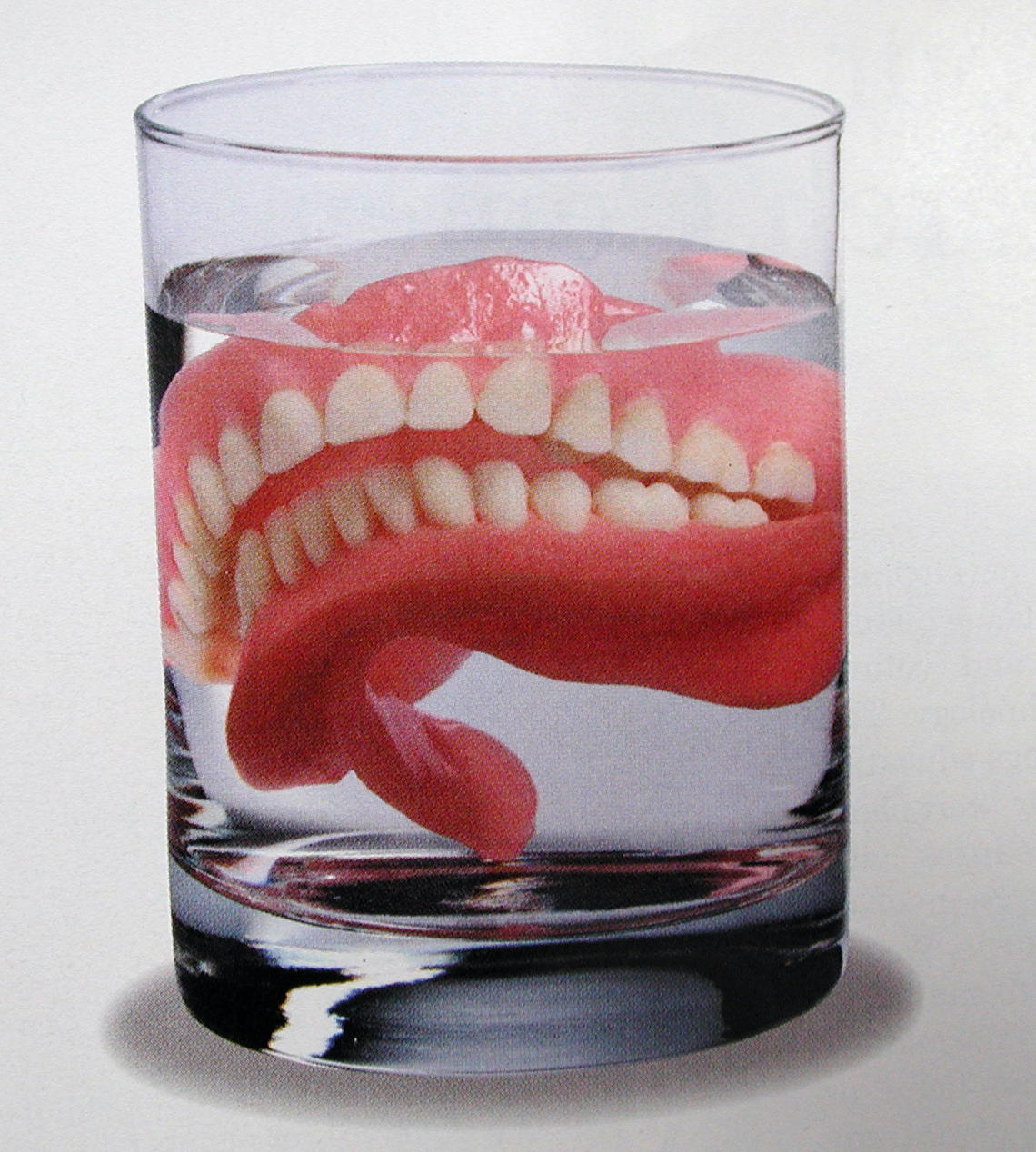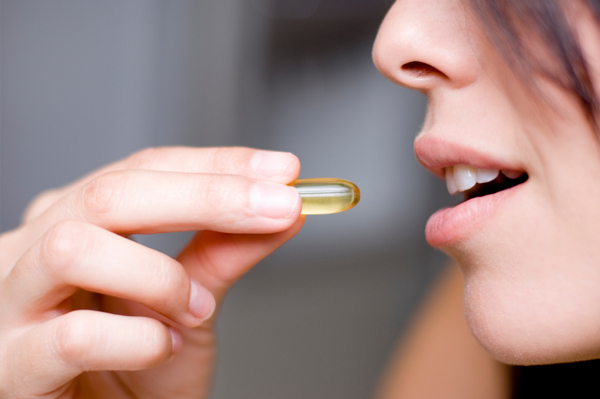
In mere seconds, a seemingly innocuous piece of food can turn deadly. And Katherine Zuehlke, of Westerville, Ohio, knows firsthand there's nothing more frightening than realizing your child is choking.
Over Christmas, the Zuehlkes had a scare when their nearly 2-year-old daughter, Tiffany, began choking on a chocolate-covered peanut.
"She had had them before, but right away her eyes got all big and she had this scared expression on her face, and we knew she was choking," Zuehlke says.
Luckily, Tiffany's parents were able to perform the infant Heimlich maneuver and got Tiffany to cough up the candy before she turned blue or had any permanent damage. The toddler is doing fine, and their house will be free of that candy for some time.
Seemingly Harmless Food Could Pose Risk
Given that choking is the leading cause of injury and death in small children -- and food items are the culprits the majority of the time -- the authors of the statement call for regulation and warnings on common choking-risk foods similar to what is already required for toys that pose a similar risk. Those includes mandates for product redesign and the option for a government recall of excessively risky items.
"The recommendations represent the first effort to comprehensively address the cause of choking," says Dr. David Cornfield, medical director of the Pediatric Intensive Care Unit at the Lucile Salter Packard Children's Hospital at Stanford.
"I know of several children that have suffered significant neurologic damage as a result of choking on food items," Cornfield says. "The lack of oxygen in the lungs leads to low oxygen levels in the blood stream and subsequent cell death -- [often] in the central nervous system. Choking is a real, highly time-sensitive emergency."
Dr. Gabe Wilson, associate medical director at St. Luke's at Roosevelt Hospital's emergency department in New York, says, "Parents less often consider foods as choking hazards; the recommendation to extend some type of criteria to foods, which cause more choking deaths than toys, is logical and will save lives."
Some foods that pose choking risk, such as grapes, carrots and peanuts, are "naturally occurring" choking risks and thus can only be made safer through handling of the food, such as by slicing grapes in half or cutting carrots into small pieces before giving them to toddlers or young children. As a result, these foods should not require labels, the statement suggests.
Manufactured foods, however, as the argument goes, can and should be monitored, altered and/or provide warnings to consumers when their shape, size and consistency make them a choking risk.
Given that hot dogs, a popular favorite among children, account for around 17 percent of food-related choking incidents, the AAP statement pays specific attention to the dangers of feeding this ballpark treat to small children.
"Hot dogs are the food most commonly associated with fatal choking among children. It is cylindrical, airway-sized, and compressible, which allows it to wedge tightly into a child's hypopharynx and completely occlude [block] the airway," the authors write.
"The hot dog is probably the number one food kids choke on. It would make sense to work with manufacturers ... to strategize to see how it could be designed to be safer," says Nan Peterson, Safe Kids Coalition Coordinator at the University of Wisconsin, Madison.
Warning -- Danger Lurks in Hot Dogs
While most pediatricians and emergency medicine experts support the statement's cautious approach, some question if mandatory labels and government product-monitoring are the best ways to make kids safer. Hot dog manufacturers share their doubts.
"The top two brands [Ball Park and Oscar Mayer] already have guidance [labels] on them," says Janet Riley, president of the National Hot Dog and Sausage Council. While these labels do not seem to have affected business, she also notes that it is not clear that labels affect the amount of choking incidents or really serve to educate parents.
This might become more of an issue if, as the statement suggests, the same warnings applied to toys are applied to food. Unlike the current labels on major hot dog products, which are "child safety instructions" on the order of serving suggestions, toy-modeled warnings would be large orange labels that read: "WARNING: choking hazard" -- a more off-putting signal for potential consumers.
What's more, Christine Bruhn, director of the Center for Consumer Research at University of California, Davis, who studies how labels affect consumer behavior, points out that for the most part, buyers don't tend to read labeling on familiar products.
Bruhn, whose own son nearly choked to death on a hard candy when he was 2, says that other means of educating the public, through physicians and the media, may be more effective.
Riley also questions whether it makes sense to ask hot dog manufacturers to redesign their age-old product given that it is just as easy for parents to cut up hot dogs -- which their Web site advises for small children -- as they would grapes, carrots and other "natural" choking hazards.
"I have two kids, and as you'd guess, they eat a lot of hot dogs. It's a common thing you do with food like that when you have small kids -- slice them into smaller pieces," Riley says.
Dr. Greg Rebella, a pediatric emergency department doctor at American Family Children's Hospital, Ohio, also questions whether labels and product changes are practical:
"Unlike toys that are not meant to be put in your mouth, the obvious purpose for foods is to consume them. Food preparation [and] age that the food was given to will likely impact the risk of choking more than the actual food as distributed and packaged," he says. Rebella notes that public education is the best way to prevent choking.
And even though the council and individual manufacturers, such as Hebrew National, wholeheartedly support labels to advise the proper serving instructions for small children -- a label that many companies already employ -- giving the FDA recall power is another story.
"Banning a widely consumed product will not be well received by the public and is not likely to be effective," Bruhn says.
Instead, she says, "physicians should advise parents during their periodic checks," and the media and parenting magazines should promote safe eating habits.
Source:
http://abcnews.go.com/Health/Wellness/hot-dog-hazard-wieners-carry-warning-label/story?id=9875815
Important Notice: Information provided is for general background purposes and is not intended as a substitute for medical diagnosis or treatment by a trained professional. You should always consult your community pharmacist or physician about any health care questions you may have, especially before trying a new medication, diet, fitness program, or approach to health care issues.























